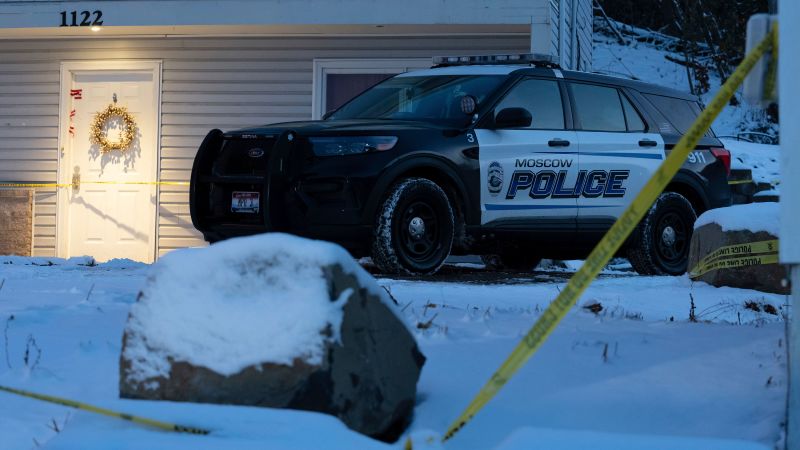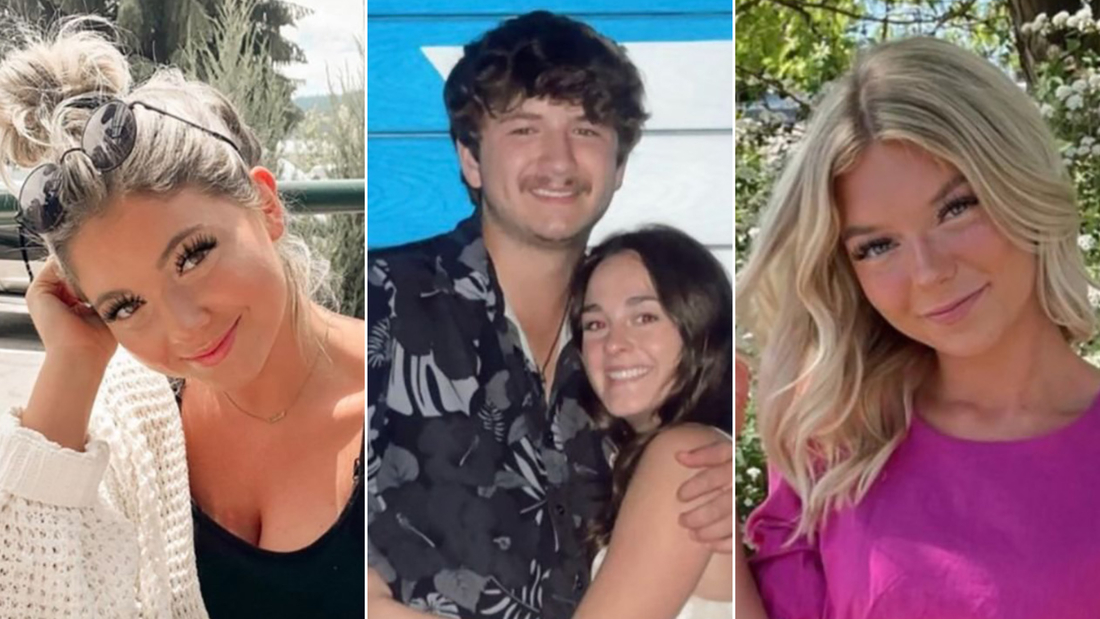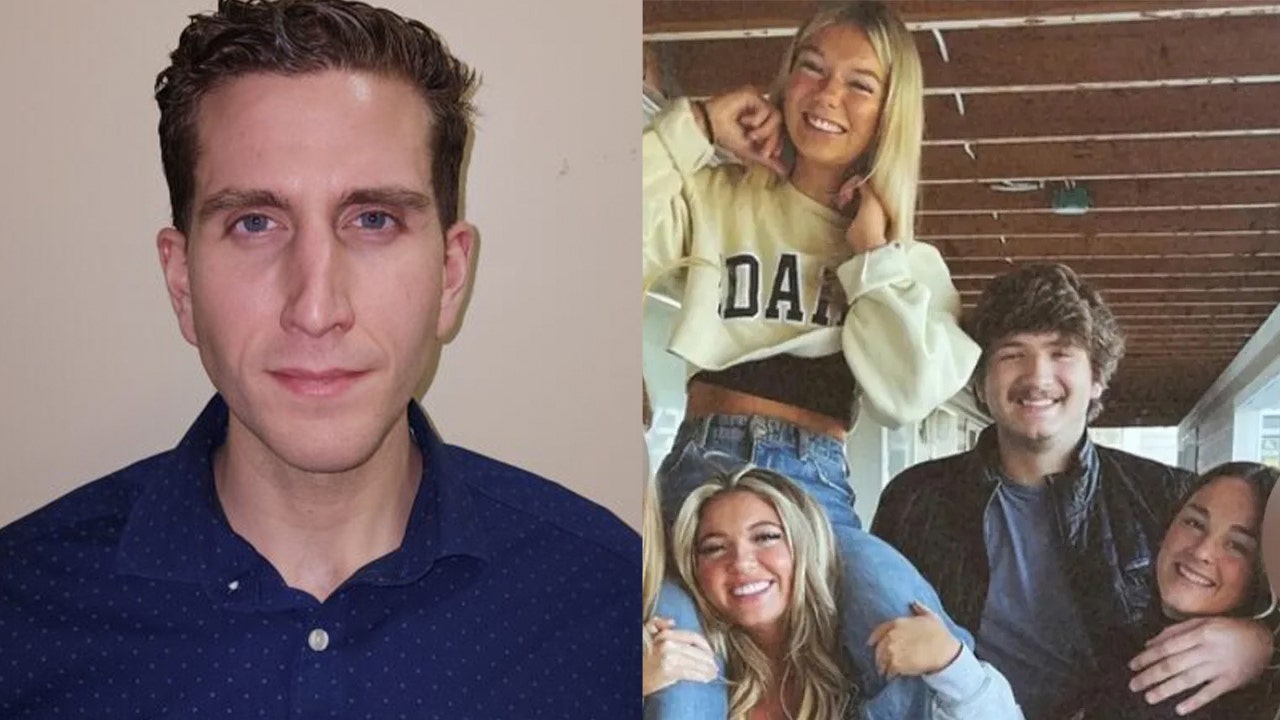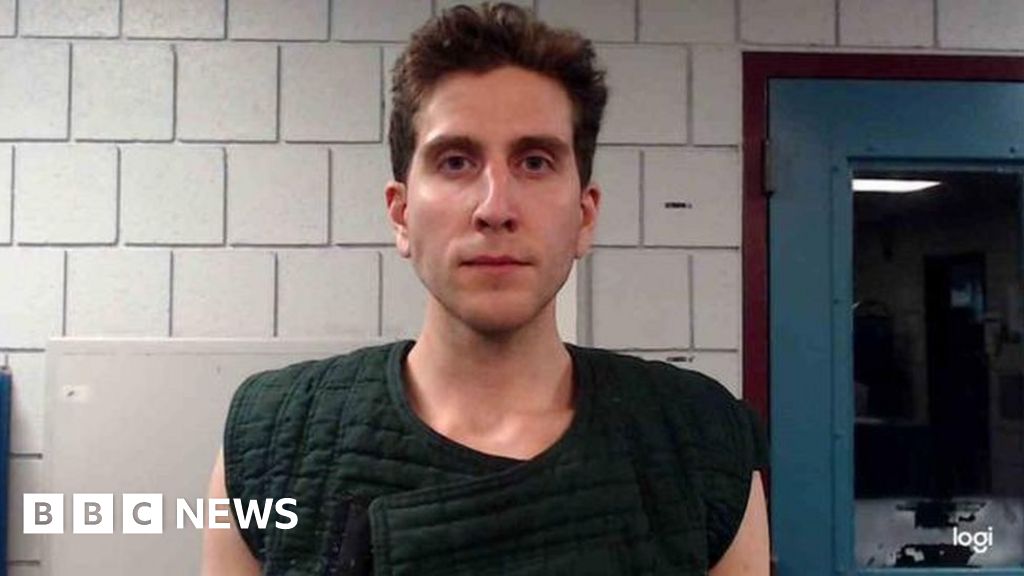Local police will hold a news conference regarding the investigation into the killings of four Idaho college students as law enforcement sources tell CNN a suspect has been arrested. Follow here for the latest news updates here.

www.cnn.com
Authorities identified the suspect with the help of genetic genealogy, source says
The suspect in the murders of four University of Idaho students was identified with the help of genetic genealogy, a source with knowledge of the case tells CNN.
Unknown DNA found in Idaho during the course of the investigation was taken through a DNA public database to find potential matches for family members, the source said. Once potential family matches were found, subsequent investigative work by law enforcement led to the identification of suspect Bryan Kohberger, according to the source.
Judge Jeanine Pirro, a former prosecutor in New York State, told 'The Five' her sources believe genealogical DNA evidence helped lead authorities to the Idaho suspect.

www.foxnews.com
Idaho murders: Sources tell Judge Jeanine Pirro 'genealogical DNA' helped nab suspect
The suspect arrested in connection to the
murders of four Idaho college students was nabbed at least in part thanks to "genealogical DNA" evidence, sources told Fox News' Judge Jeanine Pirro.
"[M]y sources are telling me that there is genealogical DNA that was established in this case that led the police to this particular suspect," Pirro said on "The Five" Friday.
"So although that was, according to my sources who are very credible and reliable, …. if you try murder cases and especially murder cases that involve several victims, you understand that really the investigation begins now."
Pirro recounted how Idaho authorities said during an afternoon press conference Friday that suspect Bryan Kohberger's probable cause affidavit will be unsealed after he is successfully extradited from Pennsylvania – where he was captured – to Idaho.
Pirro, who formerly served as a Republican district attorney in Westchester County, N.Y., said if Kohberger does not have a criminal record, he would not likely have gotten any hits in law enforcement's CODIS database, which would lead authorities to instead analyze blood from the crime scene for genealogy-related leads.
"And so, they find out who were the relatives. Once they figure out who the suspect is, they then start to continue to investigate, spread out
from Idaho to the car to Pennsylvania. And they populate with historical data," she said.
"So CODIS can give us that 30% solving of cases. But this genealogical DNA can give us a 90% chance of solving these cases. So in addition to what will be unequivocal evidence, they're going to have all kinds of circumstantial evidence in addition to that evidence, which we will see when the affidavit is unsealed."









